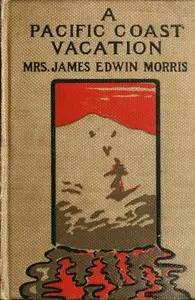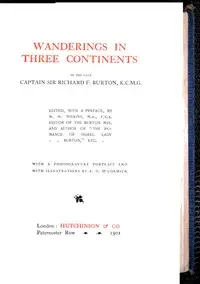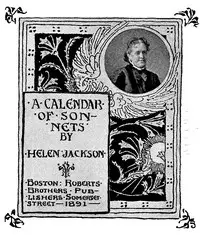"Glimpses of Three Coasts" by Helen Hunt Jackson is a collection of travel writings that examines the diverse landscapes and cultures of California, Oregon, and parts of Europe. The book showcases Jackson's personal journeys and observations as she travels to Scotland, England, Norway, Denmark, and Germany. Throughout her travels, she emphasizes the natural beauty and cultural diversity of each area, blending striking descriptions of the natural world with reflections on the intersection of human life and environment. The book starts with an overview of California and Oregon, where Jackson intricately describes the climates and geography, and their impact on the region’s outdoor industries. Jackson keenly observes how climate influences daily life, particularly in Southern California, where environmental advantages contribute to agricultural success. Her writing thoughtfully ties the natural environment to the cultural and economic factors shaping these lands.

Glimpses of Three Coasts
By Helen Hunt Jackson
Embark on a captivating journey across continents, where vibrant landscapes and cultural insights intertwine, revealing the profound impact of nature on civilization.
Summary
About the AuthorHelen Hunt Jackson was an American poet and writer who became an activist on behalf of improved treatment of Native Americans by the United States government. She described the adverse effects of government actions in her history A Century of Dishonor (1881). Her popular novel Ramona (1884) dramatized the federal government's mistreatment of Native Americans in Southern California after the Mexican–American War and attracted considerable attention to her cause. Commercially successful, it was estimated to have been reprinted 300 times, with readers liking its romantic and picturesque qualities more than its political content. The novel was so popular that it attracted many tourists to Southern California who wanted to see places from the book.
Helen Hunt Jackson was an American poet and writer who became an activist on behalf of improved treatment of Native Americans by the United States government. She described the adverse effects of government actions in her history A Century of Dishonor (1881). Her popular novel Ramona (1884) dramatized the federal government's mistreatment of Native Americans in Southern California after the Mexican–American War and attracted considerable attention to her cause. Commercially successful, it was estimated to have been reprinted 300 times, with readers liking its romantic and picturesque qualities more than its political content. The novel was so popular that it attracted many tourists to Southern California who wanted to see places from the book.



















